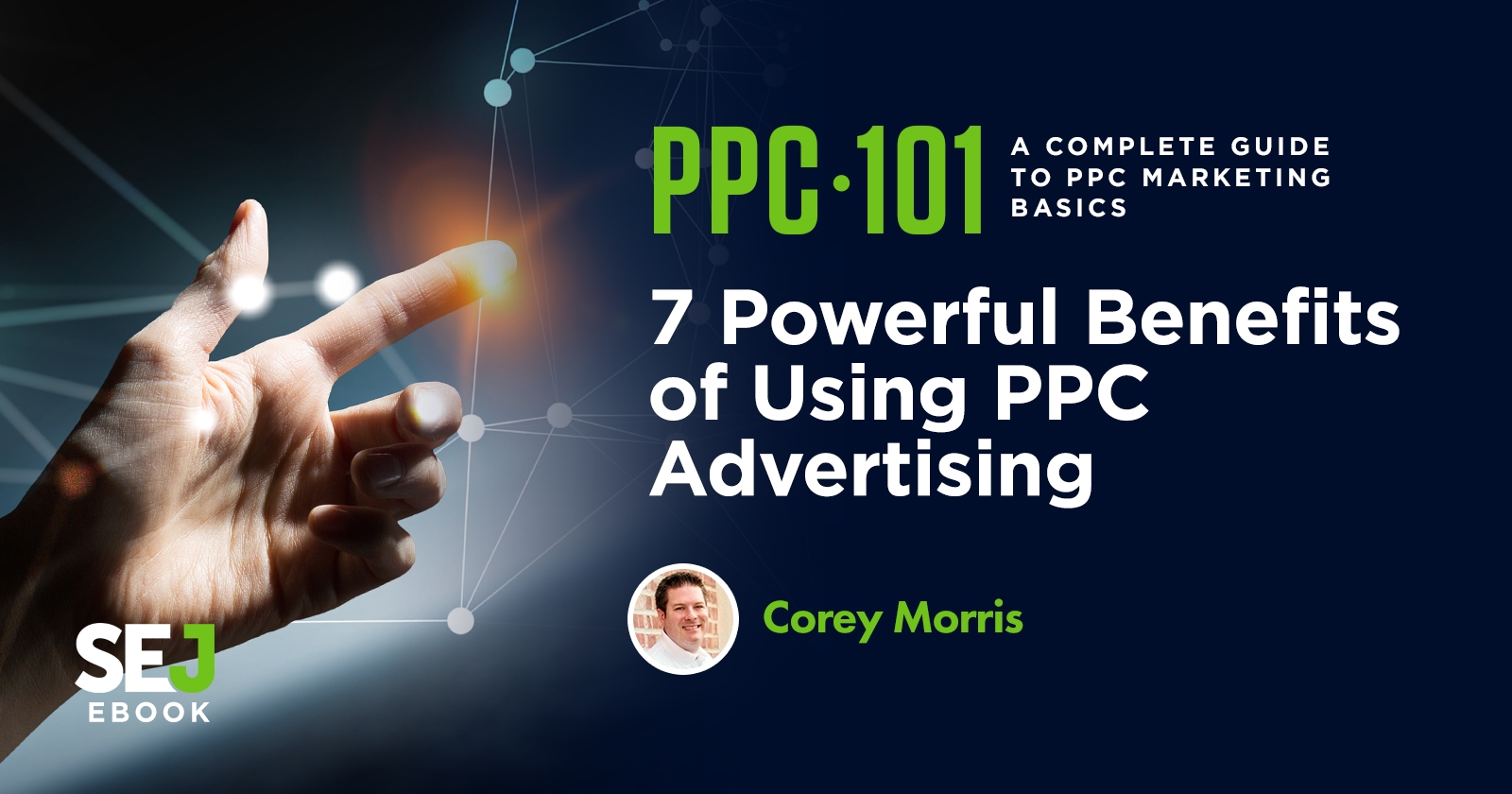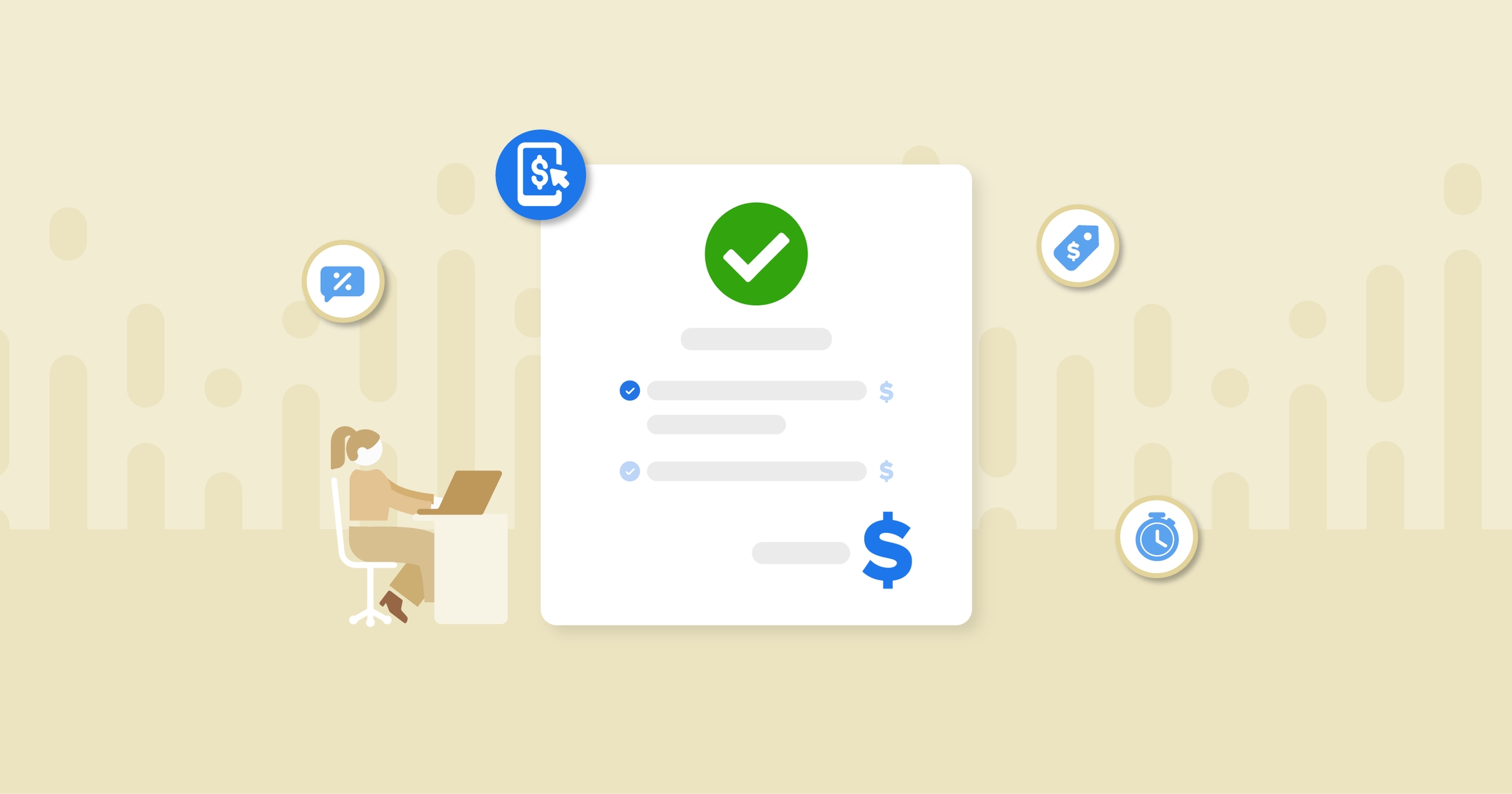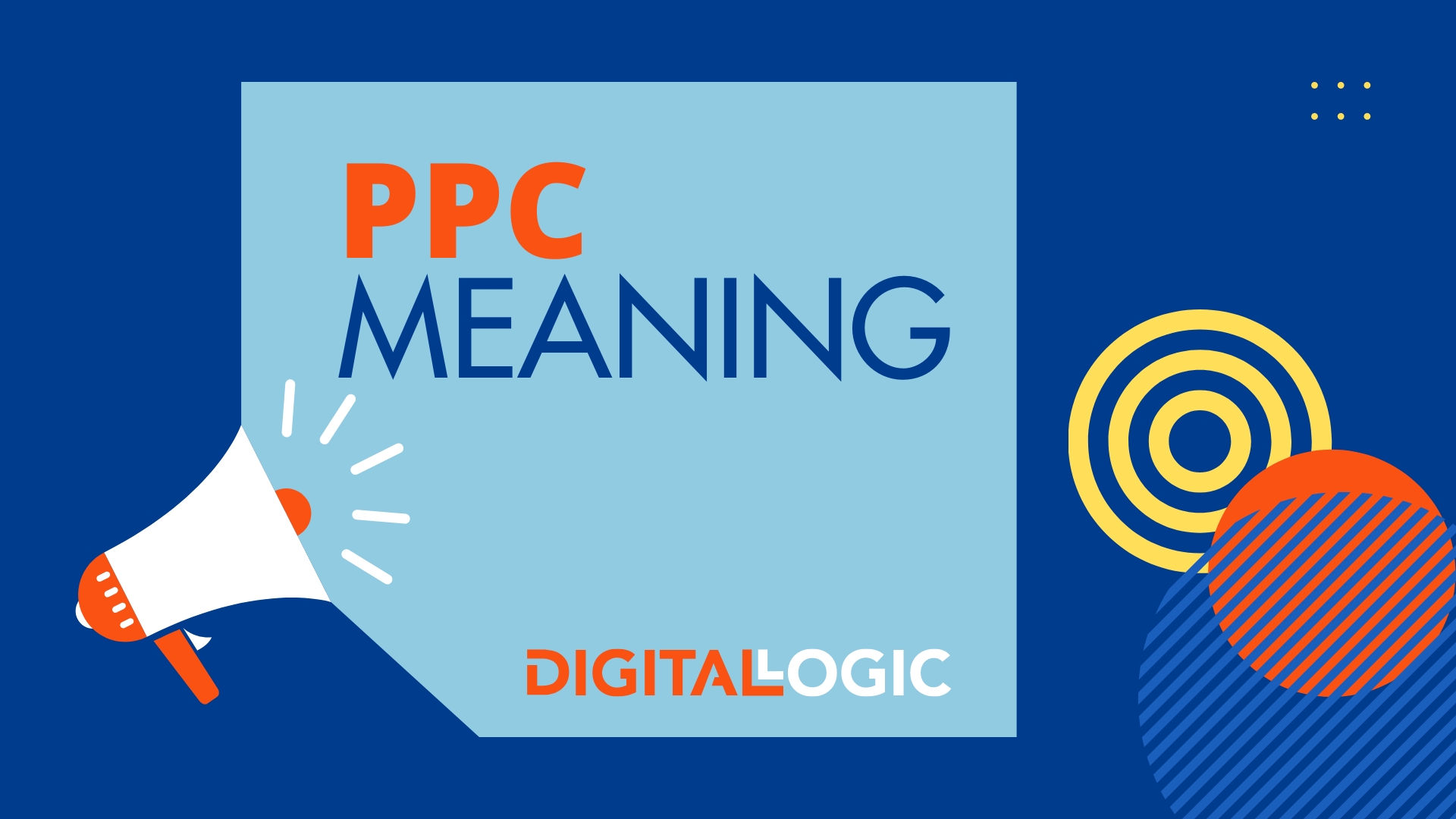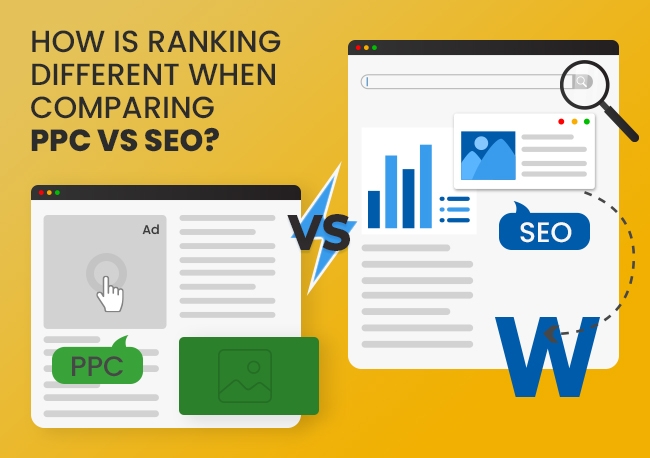A Comprehensive Comparison to Help You Decide
Buy CPC Traffic | Buy Display Ads | Exclusive traffic sources | Buy Push Ads | Popunder ADS | Buy Native Ads | Buy Preroll Ads

Buy CPC Traffic | Buy Display Ads | Exclusive traffic sources | Buy Push Ads | Popunder ADS | Buy Native Ads | Buy Preroll Ads
When it comes to online advertising, pay-per-click (PPC) campaigns have become a popular choice for businesses looking to increase their visibility and drive targeted traffic to their websites. However, with so many PPC networks available, it can be challenging to determine which platform is best suited for your specific needs.
In this article, we will compare and contrast the leading PPC networks so you can make an informed decision and choose the right platform for your advertising goals. We will explore the features, benefits, and drawbacks of each network, providing you with the information you need to optimize your PPC campaigns and maximize your return on investment.
First up, Google Ads, formerly known as Google AdWords, is the undisputed king of PPC advertising. With its massive reach and extensive targeting options, Google Ads offers businesses unparalleled access to potential customers. The platform allows you to display your ads across the Google Search Network, YouTube, and thousands of partner websites, ensuring maximum exposure for your brand.
On the other hand, if you're looking to target a specific audience, Facebook Ads might be the better choice for you. With over 2 billion monthly active users, Facebook offers a highly targeted advertising platform that allows you to reach users based on their demographics, interests, and behavior. This level of granularity can help you tailor your ads to a specific audience, resulting in higher conversions and a better return on your advertising investment.
What are PPC networks?
PPC networks, or Pay-Per-Click networks, are online advertising platforms where businesses can pay to display their ads on various websites and search engines. These networks enable advertisers to bid on specific keywords or target a particular audience to promote their products or services. Advertisers only pay when a user clicks on their ads, hence the name "Pay-Per-Click."
PPC networks work on a bidding system, where advertisers set a maximum bid they are willing to pay for a click. The network then determines the ad's placement based on the bid and a relevance score, which considers various factors like keyword relevancy and ad quality. The highest bidder typically gets the top placement, and each time a user clicks on the ad, the advertiser's account is charged a small fee.
These networks offer a wide range of targeting options to help advertisers reach their desired audience. Some common targeting options include geographic location, demographics, interests, and search intent. Advertisers can create highly targeted campaigns to show their ads only to users who are most likely to be interested in their offerings.
Benefits of using PPC networks

Highly targeted: PPC networks allow advertisers to target specific keywords, demographics, and interests, ensuring their ads reach the right audience.
Immediate results: Unlike other forms of advertising like SEO, PPC campaigns can start driving traffic and conversions as soon as the ads are live.
Control over budget: Advertisers can set daily or monthly spending limits to ensure they stay within their budget.
Measurable results: PPC networks provide detailed analytics and reporting, allowing advertisers to track the performance of their campaigns in real-time.
Flexibility: Advertisers can quickly adjust their campaigns by changing ad copy, targeting parameters, or bid amounts to optimize their results.
Overall, PPC networks offer a powerful advertising solution for businesses looking to increase their online visibility, drive targeted traffic, and achieve measurable results.
Importance of choosing the right PPC network
Choosing the right PPC network is crucial for the success of your online advertising campaigns. The PPC network you select can have a significant impact on the performance and profitability of your campaigns.
One of the key reasons why choosing the right PPC network is important is because it directly affects the exposure and reach of your ads. Different PPC networks have varying levels of reach and audience targeting options. For example, some networks specialize in search engine advertising, while others focus on display ads or social media advertising. By selecting the PPC network that aligns with your target audience and advertising goals, you can maximize the visibility of your ads to the right people.
Another important factor to consider when selecting a PPC network is cost. PPC networks have different pricing models and strategies, such as cost per click (CPC) or cost per impression (CPM). The costs associated with each network can vary significantly, and it's essential to choose a network that aligns with your budget and expected return on investment (ROI).
The features and capabilities offered by different PPC networks also play a vital role in determining the right network for your advertising needs. Some networks provide advanced targeting options, ad formats, and analytics tools that can help you optimize your campaigns and achieve better results. It's crucial to consider your specific requirements and objectives when evaluating the features offered by different networks.
Furthermore, the reputation and credibility of the PPC network are important factors to consider. Working with a reputable and established network can provide you with peace of mind and confidence in the quality of their advertising platform. Reading reviews, checking case studies, and seeking recommendations from industry experts can help you make an informed decision.
In conclusion, choosing the right PPC network is vital for achieving the desired results from your online advertising campaigns. Considering factors such as reach, cost, features, and reputation can help you make an informed decision and optimize the effectiveness and profitability of your PPC campaigns.
Google Ads

Google Ads is the most widely used pay-per-click (PPC) advertising platform. With a vast network of search and display partners, Google Ads offers unparalleled reach and targeting options.
Advantages:
1. Largest Audience: With over 3.5 billion daily searches, Google reaches a massive audience, making it an ideal platform for businesses of all sizes.
2. Precise Targeting: Google Ads allows you to target your ads based on keywords, demographics, location, time, and even devices, ensuring your message reaches the right people at the right time.
3. Flexible Budgeting: Google Ads offers flexible budgeting options, allowing you to set a daily budget that fits your needs and goals. You can also adjust your budget at any time based on campaign performance.
4. Advanced Tools and Analytics: Google Ads provides a wide range of advanced features and analytics tools to help you optimize your campaigns. From keyword research to A/B testing, you can gain valuable insights to improve your ad performance.
Disadvantages:
1. High Competition: As the most popular PPC network, Google Ads can be highly competitive. This means that the cost per click (CPC) can sometimes be expensive, particularly for competitive keywords.
2. Complexity: Google Ads can be intimidating for beginners due to its complexity. It requires a solid understanding of keywords, bidding strategies, ad quality, and campaign optimization to run successful campaigns.
Overall, Google Ads is an excellent choice for businesses looking to reach a broad audience and achieve targeted advertising goals. With its advanced targeting options and comprehensive set of tools, it can help drive high-quality traffic and generate measurable results.
Overview of Google Ads

When it comes to pay-per-click (PPC) advertising, Google Ads is undoubtedly one of the leading players in the industry. Formerly known as Google AdWords, this advertising platform offers businesses the opportunity to reach their target audience through targeted ads in Google's search results and on a network of partner websites.
Google Ads operates on a pay-per-click model, which means advertisers only pay when someone clicks on their ad. This makes it a cost-effective advertising option for businesses of all sizes.
Key Features of Google Ads
Google Ads offers a wide range of features and tools to help advertisers create and manage highly effective PPC campaigns. Some of the key features include:
Keyword targeting: Advertisers can select keywords that are relevant to their products or services, allowing their ads to appear when users search for those keywords on Google.
Ad formats: Google Ads supports various ad formats, including text ads, image ads, video ads, and responsive ads that automatically adjust their size and appearance to fit different devices.
Bidding options: Advertisers can choose from different bidding strategies, such as manual bidding or automated bidding, to optimize their campaign performance and achieve their desired goals.
Targeting options: Google Ads provides a range of targeting options, including location targeting, demographic targeting, and audience targeting, allowing advertisers to narrow down their audience and reach the most relevant users.
Performance tracking: Google Ads provides robust tracking and reporting tools that allow advertisers to measure the performance of their campaigns, track conversions, and make data-driven decisions to improve their results.
Benefits of Using Google Ads
There are several benefits to using Google Ads as your PPC advertising platform:
Reach: With Google's extensive search network and partner websites, Google Ads allows you to reach a vast audience and increase your brand visibility.
Targeting: Google Ads offers advanced targeting options, allowing you to show your ads to the right people at the right time, increasing the chances of conversion.
Measurement: With Google Ads' tracking and reporting tools, you can easily measure the effectiveness of your campaigns, identify what works, and make data-driven decisions to optimize your ROI.
Flexibility: Google Ads allows you to set your own budget, set bid adjustments, and choose when and where your ads appear, giving you full control over your advertising campaigns.
In conclusion, Google Ads is a powerful PPC advertising platform that offers a wide range of features and benefits for businesses looking to reach their target audience effectively. With its extensive reach, advanced targeting options, and robust tracking tools, it's no wonder why Google Ads remains the top choice for many advertisers.
Benefits of using Google Ads
1. Massive Reach: Google Ads allows you to reach a wide audience as it has one of the largest online advertising networks. With Google Ads, you can target users both on Google's search engine and across its network of partner websites.
2. Highly Targeted Advertising: Google Ads offers various targeting options that allow you to show your ads to specific demographics, locations, languages, and devices. This targeted approach helps ensure that your ads reach the right audience, increasing the chances of conversions.
3. Cost Control: With Google Ads, you have complete control over your budget. You can set a maximum daily budget, specify how much you are willing to pay for each click or conversion, and adjust your budget as needed. This flexibility allows you to optimize your advertising spend and get the most out of your budget.
4. Measurable Results: Google Ads provides detailed performance reports that allow you to track the effectiveness of your ads. You can monitor key metrics such as impressions, clicks, conversions, and ROI, enabling you to make data-driven decisions and refine your advertising strategy.
5. Quick and Easy Setup: Setting up a Google Ads campaign is relatively straightforward. You can create your ads, select your keywords, set your budget, and start running your campaign within a short period. This ease of use makes Google Ads a preferred choice for businesses looking to quickly launch their advertising campaigns.
6. Remarketing Opportunities: Google Ads allows you to target users who have already visited your website or interacted with your brand. This retargeting feature enables you to reconnect with potential customers and increase brand awareness by showing personalized ads to users who have expressed interest in your products or services.
7. Continuous Optimization: Google Ads provides various optimization tools and features that help improve the performance of your campaigns. You can split test different ad variations, adjust your targeting settings, and leverage artificial intelligence to optimize your ads for better results.
Overall, Google Ads offers numerous benefits for businesses looking to reach their target audience, increase brand exposure, and generate high-quality leads. Its massive reach, targeting capabilities, cost control options, and measurable results make it a powerful advertising platform that can drive significant business growth.
Considerations when using Google Ads

Google Ads is one of the most popular PPC networks available, offering advertisers a wide range of options to reach their target audience. When using Google Ads, there are several considerations to keep in mind:
1. Reach and Scale

Google Ads has an extensive reach, with billions of daily searches and a vast network of partner websites. This allows advertisers to reach a large audience and scale their campaigns effectively. However, it's important to consider your target audience and whether Google Ads aligns with your specific goals and objectives.
2. Targeting Options

Google Ads provides various targeting options to help advertisers narrow down their audience based on demographics, interests, keywords, and more. This allows for highly targeted campaigns that can greatly increase the chances of reaching the right people. However, it's essential to carefully select and optimize your targeting options to ensure you're reaching the most relevant users.
3. Competition
Google Ads is a highly competitive platform, with countless advertisers vying for the same keywords and placements. This can drive up costs and make it harder to achieve a favorable return on investment (ROI). It's crucial to monitor your campaign performance closely and make necessary adjustments to stay competitive.
4. Budget Management

Managing your budget effectively is key when using Google Ads. Setting a daily budget, monitoring your spending, and adjusting bids based on performance are all essential steps to ensure you're maximizing your ad spend. Google Ads offers various bidding strategies, so it's important to choose the one that aligns with your goals.
5. Tracking and Analytics
Google Ads provides robust tracking and analytics capabilities to monitor the performance of your campaigns. Leveraging these tools allows you to gain valuable insights into your audience, ad performance, and ROI. It's crucial to set up conversion tracking and frequently review your analytics to optimize your campaigns further.
Consider these aspects when using Google Ads to make informed decisions and maximize the success of your PPC campaigns. If you're looking to explore alternative PPC networks, you might also consider utilizing native traffic sources for your advertising needs.
Facebook Ads
Facebook Ads is one of the leading pay-per-click (PPC) networks, offering a unique platform for advertisers to reach targeted audiences. With over 2.8 billion monthly active users, Facebook provides a massive user base for advertisers to tap into.
One of the key advantages of Facebook Ads is its powerful targeting options. Advertisers can create highly specific audiences based on demographics, interests, behavior, and even connections. This level of granular targeting allows advertisers to reach the right people at the right time.
Another benefit of Facebook Ads is its extensive ad formats. From image and video ads to carousel and collection ads, Facebook offers a variety of formats to suit different advertising goals. This flexibility allows advertisers to create engaging and visually appealing ads that drive conversions.
Facebook Ads also provides robust analytics and reporting tools. Advertisers can track key metrics such as reach, impressions, clicks, and conversions in real-time. This data allows advertisers to optimize their campaigns and make informed decisions to maximize their return on investment.
Additionally, Facebook Ads offers a range of ad placements, including in-feed, right column, and Stories. This variety of options allows advertisers to choose the most effective placement for their ads, ensuring maximum visibility and engagement.
It's worth noting that Facebook Ads can be a cost-effective advertising platform. With its advanced targeting capabilities and extensive reach, advertisers can often achieve high conversion rates at a lower cost compared to other PPC networks.
Overall, Facebook Ads is a powerful PPC network that offers advertisers the ability to reach a massive audience, leverage advanced targeting options, utilize a variety of ad formats, and access detailed analytics. For advertisers looking to maximize their online advertising efforts, Facebook Ads is definitely a platform worth considering.
Overview of Facebook Ads

Facebook Ads is a leading pay-per-click (PPC) network that allows businesses to reach a wide audience of users on the popular social media platform. With over 2.6 billion monthly active users, Facebook provides advertisers with a massive reach and the opportunity to target specific demographics, interests, and behaviors.
One of the key advantages of Facebook Ads is its advanced targeting capabilities. Advertisers can create ads that are tailored to reach a specific audience based on factors such as age, gender, location, interests, and behaviors. This level of granular targeting allows businesses to narrow down their audience and ensures that their ads are shown to users who are most likely to be interested in their products or services.
In addition to its targeting options, Facebook Ads also offers a variety of ad formats to suit different marketing objectives. These formats include image ads, video ads, carousel ads, and lead generation ads, among others. Advertisers can choose the format that best fits their campaign goals and create visually engaging ads that capture users' attention.
Facebook Ads also provides robust analytics and reporting tools that allow advertisers to track the performance of their campaigns. This includes metrics such as reach, impressions, clicks, conversions, and more. With these insights, advertisers can make data-driven decisions and optimize their campaigns for better results.
Benefits of Facebook Ads:
1. Massive reach: With billions of users, Facebook allows businesses to reach a large audience and increase brand awareness.
2. Advanced targeting: The platform's targeting options allow advertisers to pinpoint their ideal audience and improve the effectiveness of their ads.
3. Diverse ad formats: Facebook Ads offers a range of ad formats to cater to different marketing objectives and creative needs.
4. Robust analytics: Advertisers can access detailed analytics and reporting to measure the performance of their campaigns and make data-driven decisions.
Conclusion

Overall, Facebook Ads is a powerful PPC network that offers businesses the ability to reach and engage with a large audience on the popular social media platform. The platform's advanced targeting capabilities and diverse ad formats make it a compelling choice for advertisers looking to drive results and achieve their marketing goals.
Benefits of using Facebook Ads

Facebook Ads have become one of the most popular and powerful platforms for online advertising. Here are some key benefits of using Facebook Ads:
1. Wide reach: With over 2.80 billion monthly active users, Facebook offers advertisers a massive audience to target. This allows businesses to reach customers on a global scale and increase their brand exposure.
2. Targeted advertising: Facebook Ads provide advanced targeting options, allowing advertisers to reach specific demographics, interests, behaviors, and locations. This level of targeting enables businesses to deliver highly relevant ads to their target audience, increasing the chances of conversion.
3. Cost-effective: Facebook Ads can be highly cost-effective, especially compared to traditional advertising channels like television or print. Advertisers can set a budget that suits their needs and only pay for the clicks or impressions they receive. Additionally, the ability to optimize and track campaigns in real-time helps businesses maximize their return on investment (ROI).
4. Diverse ad formats: Facebook Ads support a variety of ad formats, including image ads, video ads, carousel ads, and more. This allows businesses to showcase their products or services in a visually appealing and engaging way, capturing the attention of their target audience.
5. Remarketing opportunities: Facebook Ads provide remarketing capabilities, enabling businesses to target ads to users who have already interacted with their website or Facebook page. This can be a powerful tool for increasing conversions and driving repeat business.
6. Social proof and engagement: With features like likes, comments, and shares, Facebook Ads provide an opportunity for businesses to generate social proof and create engagement with their target audience. This can help build trust, credibility, and brand loyalty.
In conclusion, Facebook Ads offer numerous benefits that make them a valuable advertising platform for businesses of all sizes. By leveraging its wide reach, advanced targeting options, cost-effective pricing, diverse ad formats, remarketing capabilities, and social engagement features, businesses can effectively reach and convert their target audience on Facebook.
What are the leading PPC networks?
The leading PPC networks include Google Ads, Bing Ads, Facebook Ads, Twitter Ads, and LinkedIn Ads.
Which PPC network is most suitable for small businesses?
For small businesses, Google Ads is often the most suitable PPC network due to its vast reach, targeting options, and user-friendly interface.
What factors should I consider when choosing a PPC network?
When choosing a PPC network, you should consider the target audience, budget, advertising goals, targeting options, and the overall effectiveness of the platform.
Is Facebook Ads better than Google Ads?
It depends on your specific advertising goals and target audience. Facebook Ads are great for targeting specific demographics and interests, while Google Ads offer a wider reach and intent-based targeting.
Are LinkedIn Ads worth it for B2B businesses?
Yes, LinkedIn Ads can be highly effective for B2B businesses as they allow for precise targeting based on professional attributes and industry-specific parameters.
How do I decide which PPC network is right for my business?
Choosing the right PPC network for your business depends on various factors such as your budget, target audience, and advertising goals. It is important to research and compare different networks to determine which one offers the features and audience reach that align with your specific needs.
What are the advantages of using Google Ads as a PPC network?
Google Ads offers a vast reach with billions of daily searches, allowing you to target a wide audience. It has comprehensive targeting options, robust analytics, and a user-friendly interface. Additionally, Google Ads offers a variety of ad formats and extensions to maximize your advertising performance.
Are there any benefits to using Facebook Ads over other PPC networks?
Yes, there are several benefits to using Facebook Ads. Facebook has a huge user base, which allows for highly targeted advertising based on demographics, interests, and behaviors. It also offers advanced retargeting options and the ability to create visually appealing ads using images and videos. Furthermore, Facebook Ads provides detailed insights and reporting to help you optimize your campaigns.
Which PPC network is best for local businesses?
For local businesses, Google Ads and Facebook Ads are both popular choices. Google Ads can help local businesses reach customers who are actively searching for their products or services in a specific area. On the other hand, Facebook Ads can target users based on their location and interests, making it effective for reaching a local audience with targeted messages.
Can I use multiple PPC networks simultaneously?
Yes, it is possible to use multiple PPC networks simultaneously. In fact, using multiple networks can help diversify your advertising reach and increase your chances of reaching your target audience. However, it is important to carefully manage your campaigns and budgets to ensure that you are getting the desired results and not overspending on advertising.
Buy CPC Traffic | Buy Display Ads | Exclusive traffic sources | Buy Push Ads | Popunder ADS | Buy Native Ads | Buy Preroll Ads
2022-2024 @ Comparing the Leading PPC Networks: Which One is Right for You?